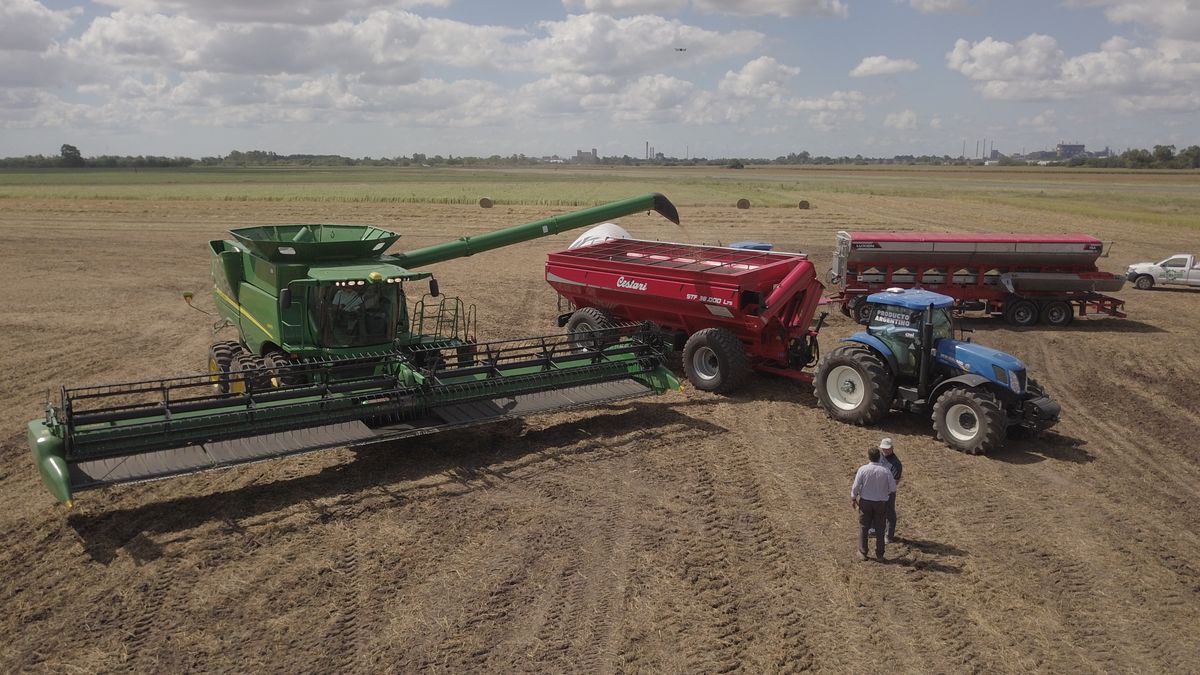In addition, with an exchange gap that does not fall below 100%, imports were also a boom, as a way for companies to invest and capitalize, and at the same time access a dollar that they consider “cheap”, at $150. This year, US$ 8,393 million in capital goods were imported in the accumulated January-August, US$ 2,000 million more than in 2021, which meant an increase of 35.5%, according to the Indec. For parts and accessories, US$10 billion was spent in the same period, a year-over-year increase of 32.1%.
The capital goods sector arouses particular interest, especially in view of the boom that Vaca Muerta and lithium will bring. Metalworking is the second most important activity within the industry, and provides machinery and supplies to agribusiness, mining, hydrocarbons and construction.
For that reason, next week it could be announced the implementation of the 4.0 capital goods regime for the next 5 years, a decree drafted by the former Minister of Productive Development, Matías Kulfas, but which lacks its regulations. It implies benefits such as reduction of employer contributions and request for tax credit bonds for taxes or investments. The Government’s idea is to transform it into a law of Congress in the future.
In addition, this week there was another measure that could benefit the sector, although at the moment the business chambers are analyzing it with “caution”. The Ministry of Internal Trade added more than 2,500 tariff positions to non-automatic licenses. For the first time, half of the imports carry a non-automatic license. Until the previous government, it did not exceed 15%, the Frente de Todos took it to 30% and currently it is 50%.
There are dozens of items of machinery and equipment, a request that had been made from an industrial chamber, including the presentation of the list of positions before the Secretary of Commerce. The complaint was that companies could import capital goods, but local manufacturers had problems producing due to a lack of imported inputs. “The Central Bank was asked to make industrial policy,” a businessman complained.
However, from another business chamber they are handled with caution: just as there is greater control for finished machinery, key parts, such as engines, were also included in the list. They are awaiting the launch of the new import system that will replace the SIMI in order to have a final assessment.
In addition, a source from the sector said that in the future they fear that the problem will not be imports, but rather the level of activity. The economic projection that is made is that the lack of dollars will stop the activity, together with the high interest rates, in a sector that moves mostly with financing.
Source: Ambito
David William is a talented author who has made a name for himself in the world of writing. He is a professional author who writes on a wide range of topics, from general interest to opinion news. David is currently working as a writer at 24 hours worlds where he brings his unique perspective and in-depth research to his articles, making them both informative and engaging.




